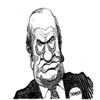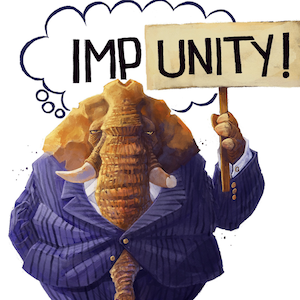Will Today's Town hall Crowds Turn into a Liberal Tea Party?
I get a kick out of the Republican members of Congress who claim the angry constituents at their town hall meetings are paid agitators. I remember how Democrats tried to dismiss noisy tea party protesters the same way in 2009.
Not surprisingly, President Donald Trump doesn't see it that way.
"The so-called angry crowds in home districts of some Republicans," Trump tweeted Tuesday, "are actually, in numerous cases, planned out by liberal activists."
Gee, imagine that: Angry liberals are strategically encouraging people to come out and let their lawmakers know what's on their minds. Liberals are calling it grassroots politics while some conservatives are calling it "AstroTurf politics."
But that's what a lot of liberals called it when the conservative tea party movement erupted in 2009. Now many of those tea party critics are trying to employ the same tactic.
Angry constituents have made headlines across the nation, upset over everything from the Republican plan to repeal and replace Obamacare, evidence of Russian interference in the U.S. elections and the Trump White House's travel ban, just for starters.
As for "liberal activists?" Republican have known since December that a growing number of liberal organizations and activists have been sharing strategies for ways to encourage voters to light up town halls with tough questions for members of Congress.
More than a thousand local groups have popped up across the country, organizing around an online how-to organizing manual called "Indivisible: A Practical Guide for Resisting the Trump Agenda."
Drafted by former Democratic congressional staffers who say they came up with the idea at an Austin, Texas, bar a couple of days after Thanksgiving, the manual has gone viral on the web, helped along by some prominent liberal groups like Barack Obama's Organizing for America in promoting the Indivisible Guide.
Following the tea party model makes more sense than the Occupy Wall Street movement, which captured public attention for a few weeks and then faded without much follow-up. By contrast, the tea party grew potent enough to help take away the Democrats' House majority in 2010, its second year. President Obama's momentum was never the same.
...continued
(c) 2017 CLARENCE PAGE DISTRIBUTED BY TRIBUNE MEDIA SERVICES, INC.






